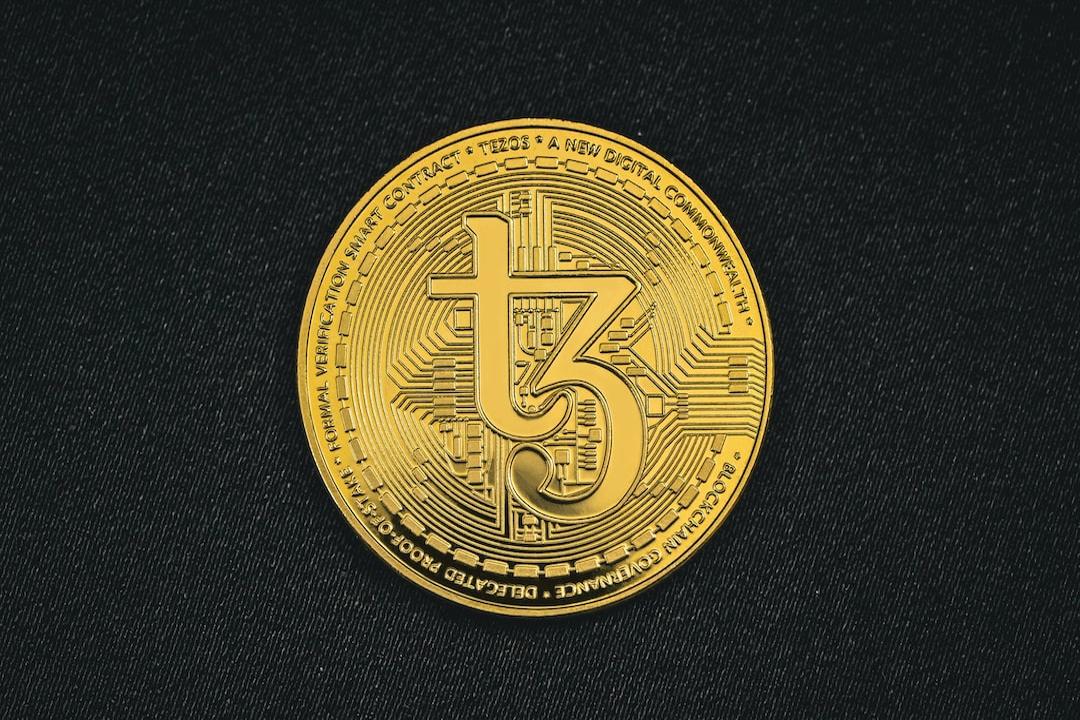What Do Blob Upgrades and Validator Staking Limits Mean for Ethereum?
(Background: The Ethereum Pectra upgrade “officially launched on the mainnet” with three major updates, receiving a mild reaction from ETH, which has historically attracted little attention.)
(Context: Ethereum whales, who have repeatedly shorted at $1800, “cut their losses,” while the market awaits Fed Chair Powell’s interest rate announcement at 02:00.)
Ethereum Pectra Upgrade Overview
The Ethereum Pectra upgrade was carried out on May 7 at 18:05, marking the first upgrade of the Ethereum mainnet since the Cancun upgrade last March. This upgrade includes two synergistic updates: the Prague execution layer hard fork and the Electra consensus layer upgrade, with plans to incorporate 11 Ethereum Improvement Proposals (EIPs). Key EIPs in this upgrade include EIP-7251 (increasing the maximum effective balance of validators), EIP-7691 (enhancing Blob throughput), and EIP-7623 (raising calldata costs), among others. This article analyzes and organizes the data from this upgrade.
Blob Upgrade: Entering the “Super Execution Layer”
At the ETHAsia 2025 event, Vitalik stated that the Pectra upgrade would increase the Blob capacity from 3 to 6. Currently, 3 Blobs represent approximately 375kb, producing 375kb of data every 12 seconds, which equates to about 20kb per second, corresponding to a TPS of about 250. If the Blob capacity increases to 6, the TPS is expected to rise to 500. However, the expansion of the Blob capacity largely depends on the Fusaka upgrade, which is anticipated to be implemented in the third or fourth quarter of this year. Ideally, the Fusaka upgrade could raise the Blob capacity to 48; if DAS (Data Availability Sampling) is fully realized, the Blob capacity could reach as high as 512, at which point Ethereum L2’s TPS could potentially increase to tens of thousands.

From the on-chain data performance perspective, since the Pectra upgrade, the level of Blob submissions has fluctuated slightly. Shortly after the upgrade announcement, the short-term Blob submissions rose to 3.6, but the overall level has still not reached half of the designed level. However, Vitalik also mentioned in his speech that despite the rapid development of L2, enhancing the scalability of L1 remains crucial for achieving censorship resistance and cross-L2 asset transfers. In the future, as L2 handles ultra-large-scale transaction processing, L1’s Blob will inevitably face pressure, and under the current market conditions, the ongoing expansion of L2 is also providing potential feedback to L1.

Increase in Validator Staking Limit: “Simplicity at Its Core”
EIP-7251 increases the maximum effective validator balance from 32 ETH to 2048 ETH, allowing for compounding rewards and validator consolidation. According to Beaconchain data, the existing distribution of validator balances is concentrated in the range of 32-38 ETH, with the highest balance reaching 70 ETH, which is far from the hard cap of 2048 ETH.

In terms of Ethereum liquidity staking, Lido alone operates 286,000 validators, with the average validator allocation remaining at 32 ETH. Following the expansion of validators, this is expected to reduce by a factor of 64 to about 4,500. This means that institutional validators will manage fewer nodes, thereby reducing hardware and maintenance costs. However, some Ethereum critics warn that this measure may exacerbate centralization and diminish the network’s resilience.

Furthermore, EIP-7002 in the Pectra upgrade allows for triggering validator exits and withdrawals on the mainnet, thereby reducing reliance on the active keys of validator operators, which can be vulnerable as “hot” keys. In Pectra, EIP-7002 enables withdrawal certificates to initiate validator exits, bypassing the need for active keys at the consensus layer.
What is the Future for Ethereum?
With the overarching trend of L2 expansion, the income scale of Ethereum validators is also facing multifaceted shrinkage. On one hand, the expansion of Blobs and the sluggish on-chain activity have reduced some of the transaction fees, and on the other hand, the volatility of coin prices has diminished the staking rewards when measured in USD. As a result, over the past year, the daily earnings of Ethereum validators have dropped from $10 million to less than $5 million. This decline in earnings may also impact the growth of staking on the network, and the implementation of EIP-7251 could accelerate the reduction in validator scale.

Post-Pectra upgrade, Ethereum’s current price stands at $1912.29, with a single-day increase of 4.38%. For users, the Pectra upgrade is not only a re-launch of the Ethereum coin price but also paves the way for the future development of the Ethereum ecosystem. In a recent article, Vitalik expressed his hope that Ethereum would become as simple as Bitcoin in five years, including simplifying the consensus layer, streamlining the execution layer, adopting a backward-compatible strategy for VM transitions, and simplifying through shared protocol components. We also hope that the Ethereum ecosystem can continue to thrive like Bitcoin.


